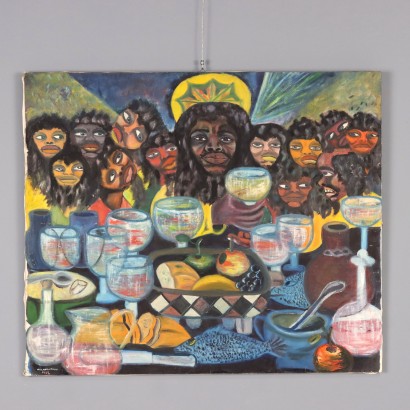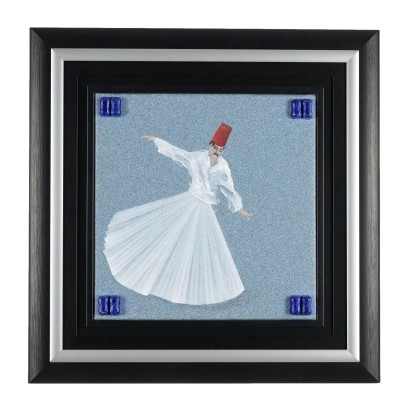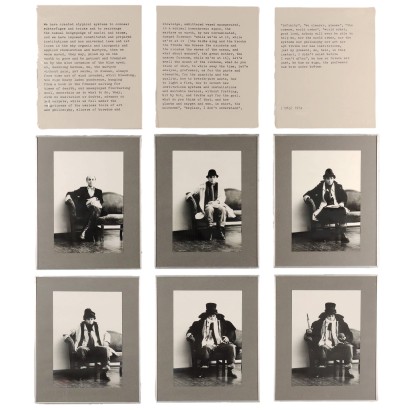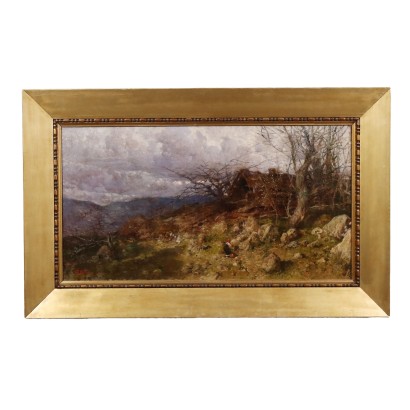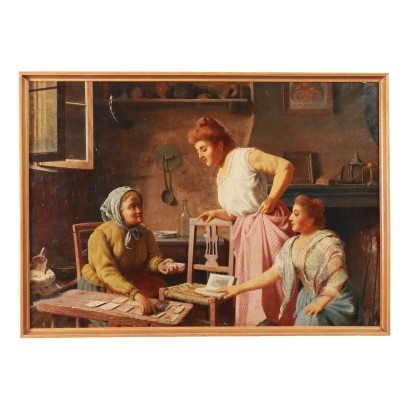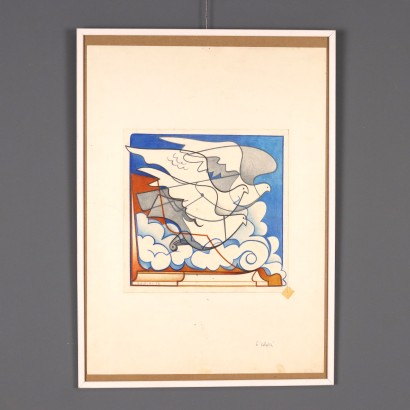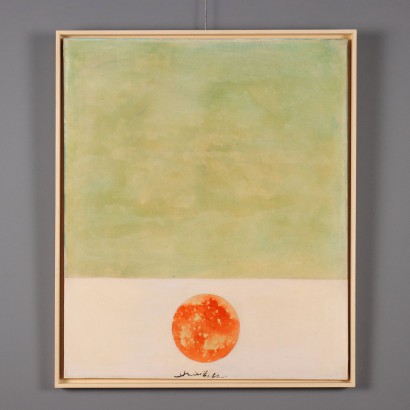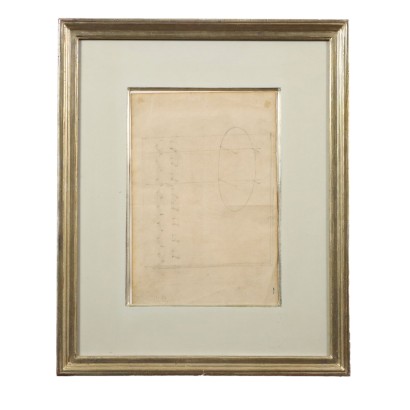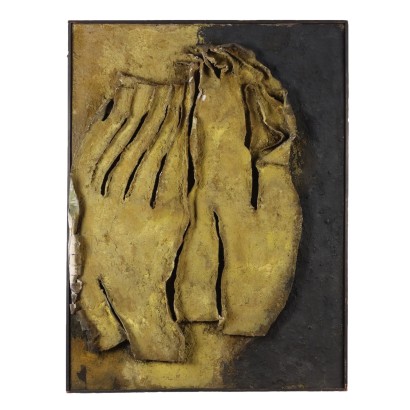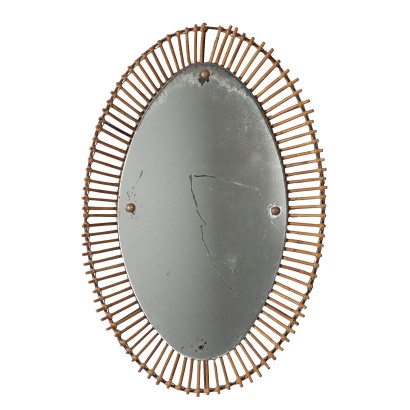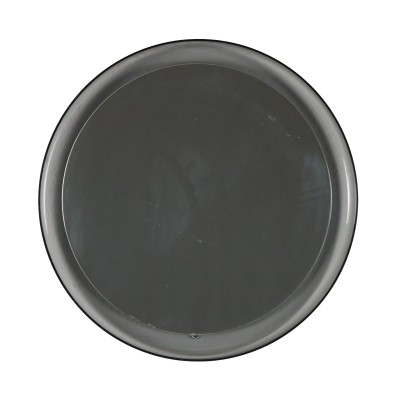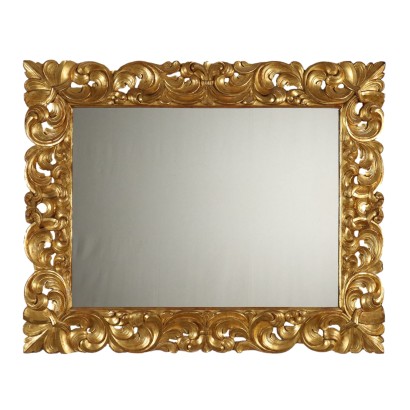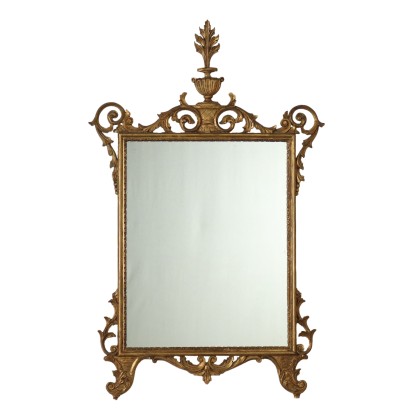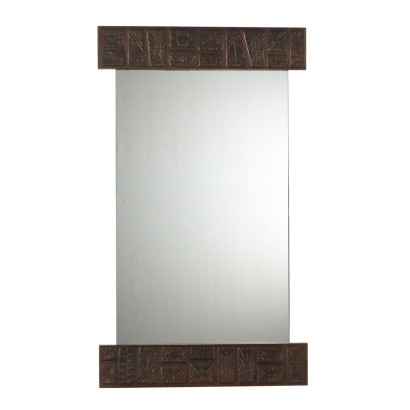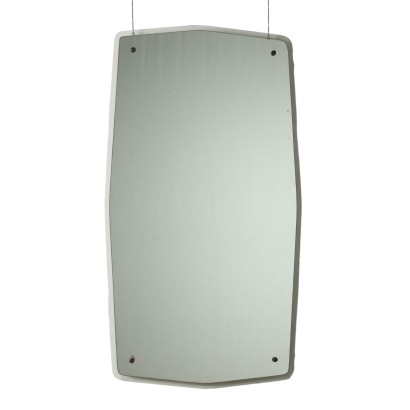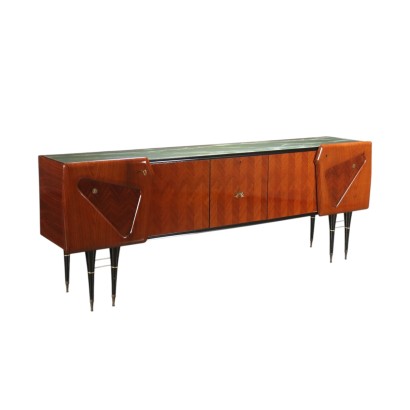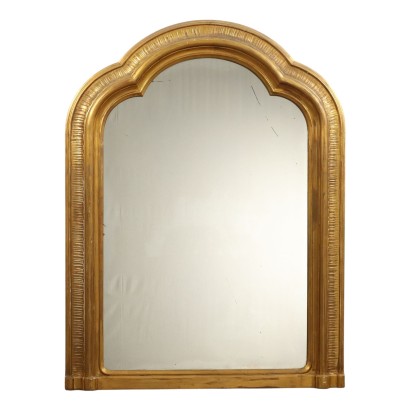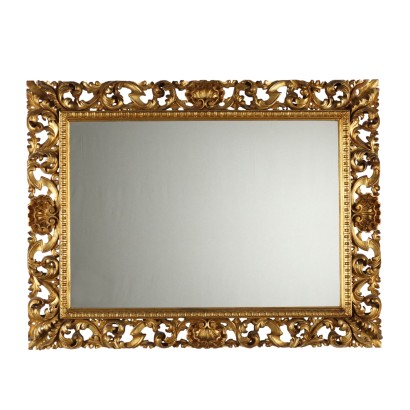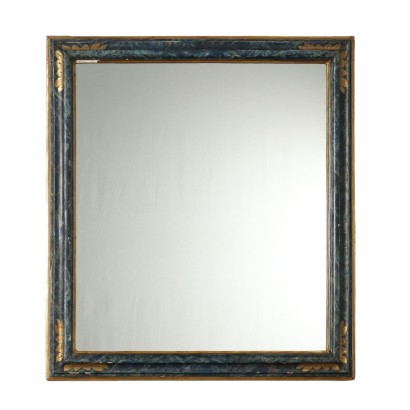The Last Supper Antique Painting Signed Malangatana Contemporary 1962 - The Last Supper 1962
Features
The Last Supper 1962
Artist: Malangatana Ngwenya (1936-2011)
Artwork title: L'ultima cena
Age: Contemporary
Subject: African art
Artistic technique: Painting
Technical specification: Oil on Canvas
Description : L'ultima cena
Oil on canvas. Signed and dated lower left. On the back there is a handwritten and signed prayer to Jesus in Portuguese by the artist. Malangatana was a Mozambican artist (poet, painter, musician), as well as a political activist for his country. The work belongs to Malangatana's first artistic period, whose political commitment was not yet evident, and takes up the subject of the Last Supper, which he had already tackled on other occasions in the same years. In this religious subject, Malangatana clearly reveals his closeness to the ritual and tribal culture of his country, but also his knowledge of religion as well as that of Western art, both in the composition of the figures that look at similar Western subjects, and in the compositions of the objects, in particular the numerous and varied elements that fill the table, with a basket of fruit in the center, which recall our Still Lifes. His figures are presented as overlapping and intertwined bodies, and dominated by faces, in which long eyes stand out, with penetrating expressions, which will then become tormented and suffering looks, a symbol of the suffering of an oppressed people.
Product Condition:
Product in good condition, shows small signs of wear. We try to present the real condition as completely as possible with the photos. If some details are not clear from the photos, what is reported in the description is valid.
Artwork dimensions (cm):
Height: 83
Width: 98
Depth: 1,5
Additional Information
Artist: Malangatana Ngwenya (1936-2011)
Malangatana Ngwenya was born in 1936 in a village in southern Mozambique. After moving to Maputo to look for work, he was able to resume his studies and developed an interest in art. In 1959, his works were exhibited publicly for the first time in a group exhibition, and two years later Malangatana held his first solo exhibition. In 1963, his poems were published in the magazine Black Orpheus and in the anthology Modern Poetry from Africa. The following year, Malangatana was arrested by the Portuguese secret police (PIDE) and spent 18 months in prison. In 1971, he received a scholarship from the Gulbenkian Foundation in Lisbon and studied engraving and ceramics in Portugal. From 1981, he was able to work full-time as an artist. He was a poet, activist and visual artist, a prominent figure in the Mozambican artistic and political scene. Malangatana also helped establish several cultural institutions in Mozambique and was one of the founders of the Mozambique Peace Movement. He received the Nachingwea Medal for his contribution to Mozambican culture and was named Grand Oficial of the Order of Infante D. Henrique. In 1997, he was named Artist for Peace by UNESCO and received the Prince Claus Award. He died at the age of 74, on 5 January 2011, in Matosinhos, northern Portugal, and was buried in his home village on 14 January 2011. In a career spanning fifty years, he exhibited in numerous museums and galleries in Mozambique and Portugal, and in other countries such as Germany, Austria, Bulgaria, Chile, Brazil, Angola, Cuba, the United States, India and Italy. In particular, one of his works was exhibited at the 2024 Venice Biennale. From an artistic point of view, Malangatana is considered one of the pioneers of African modernism, for the way in which his paintings and drawings blend the visual language of Western cubism with vernacular Mozambican iconography. His production focused on the themes of Mozambique's cultural identity, bearing witness to the conditions of violence, hunger and death during the country's struggle for independence – achieved in 1975 – and in the post-colonial period, marked by the civil war (1977-92).Age: Contemporary
ContemporarySubject: African art
Artistic technique: Painting
La pittura è l'arte che consiste nell'applicare dei pigmenti a un supporto come la carta, la tela, la seta, la ceramica, il legno, il vetro o un muro. Essendo i pigmenti essenzialmente solidi, è necessario utilizzare un legante, che li porti a uno stadio liquido, più fluido o più denso, e un collante, che permetta l'adesione duratura al supporto. Chi dipinge è detto pittore o pittrice. Il risultato è un'immagine che, a seconda delle intenzioni dell'autore, esprime la sua percezione del mondo o una libera associazione di forme o un qualsiasi altro significato, a seconda della sua creatività, del suo gusto estetico e di quello della società di cui fa parte.Technical specification: Oil on Canvas
The oil painting is a painting technique using powder pigments mixed with bases in inert and oils.Other customers have searched:
Se sei un appassionato d'arte, non perderti i nostri approfondimenti sul Blog Arte Di Mano in Mano e su FineArt by Di Mano in Mano - Arte:
Leggi di più
Ecco alcuni tra i principali articoli:Vedute
Falsi nell'arte antica
Un messaggio di fiducia per ripartire
La potenza espressiva dell'arte figurativa etiope
Breve Storia del Collezionismo
Giorgio Upiglio, maestro dei libri d'artista
Matthias Withoos detto "Calzetta bianca"
San Rocco pensaci tu - Classic Monday
Sapevi che l'arte può essere anche un ottimo investimento (e non solo per grandi portafogli)?
L'Arte tra Collezionismo e Investimento
FineArt: Arte come investimento
Dai un'occhiata alle nostre rubriche di divulgazione sull'arte:
Epoche
Lavorazioni e tecniche
Mostre ed Eventi
Protagonisti
Product availability
The product can be seen at Cambiago
Immediate availability
Ready for delivery within 2 working days from ordering the product.

